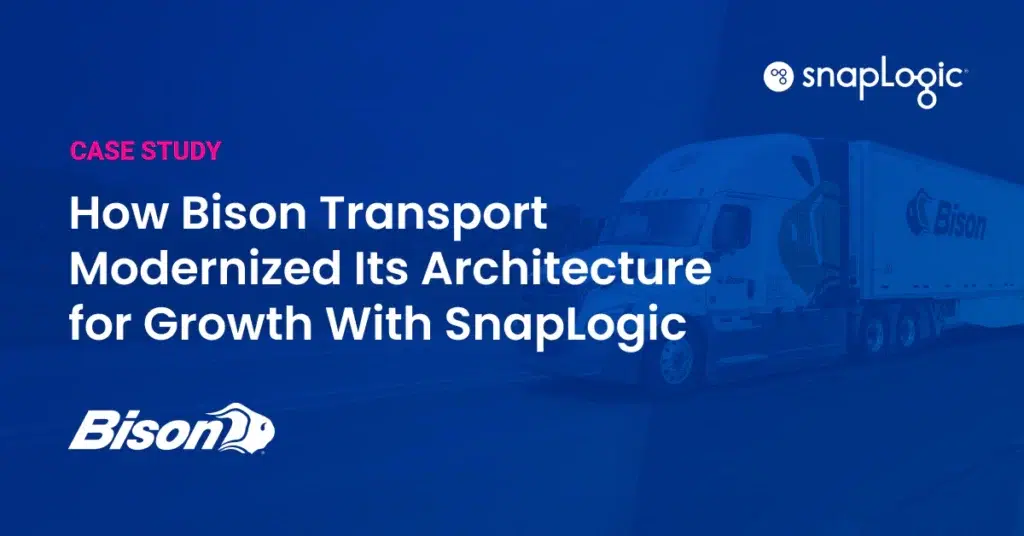What is cloud migration?
Moving data to the cloud, also known as cloud migration, is when data that is kept on state-side servers, personal/physical servers, is relocated to a completely digital storage platform. For many smaller businesses, moving data to the cloud is a way to store a backup of data. It also makes data available to different customers, employees, and other organizations around the world. For larger businesses, this is a way of securely storing vast amounts of data in a platform that lets data integration seamlessly take place.
Data integration on cloud platforms is relatively easy. Most modern and applicable cloud platforms are made to handle, store, and organize complex datasets. However, there are some challenges when considering cloud migration in a larger data integration context. Sometimes, data that was once organized can be moved into larger, less-organized groups called cloud silos. While this should not be a major concern when you are considering moving data to the cloud, it is a hiccup that many SaaS platforms encounter. Most providers, like SnapLogic, are dedicated to reshaping technology to address these issues.
Lastly, one of the most important factors to consider during cloud migration, especially in reference to data integration, is security. Traditional data storage methods are dated, which makes it relatively easy for security issues to arise. Cloud services are closely monitored for security breaches, and new security measures are created regularly to address current shortcomings.








